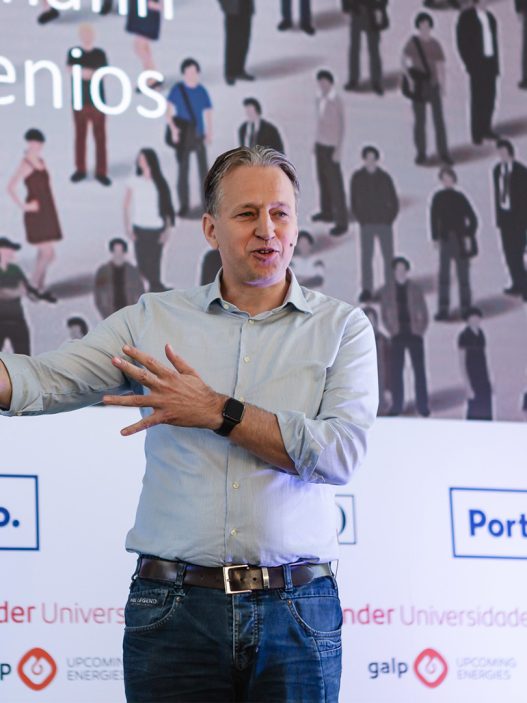With competition for talent increasing in the current world, talent management is a major concern for all companies. In the present era with low unemployment rates and cutthroat competition in the market for talent, organizations are experiencing difficulties in attracting and selecting the best talents and also it has become equally difficult to keep valuable employees with the organization. This is what I refer to as the “talent dilemma” most especially for industries that need highly skilled personnel, and there is scarcity.
Well, then, how can organizations thrive within this setting, attract candidates, and build retention for sustainable employment? The following part of the article discusses practical solutions for overcoming all these challenges.
Understanding the Current Labor Market Landscape
Talent deficit is not a new phenomenon, and the current shortage has emerged due to several reasons. The aging population, characterized by the retirement of the baby boomers, has limited the number of employees available for work, while the new generation of employees seeks flexibility, satisfaction, and personal and career development over employment tenacity. New expectations have also emerged in connection with the increased remote work, and skilled employees can be picky about which company they choose to work for.
These changes have resulted in more vacant positions in organizations than can be adequately recruited for, hence the need to address the self-interest and demands of workers. If companies can focus on strategic attraction and retention, then a company can have a competitive edge in indoor attractions.
Key Strategies to Attract Top Talent
Organizations need to think outside the box when it comes to selection in the current world of business. Here are some strategies for attracting skilled workers effectively:
1. Promote a Strong Employer Brand
Employer branding enhances the attractiveness of organizations to potential employees by presenting the company’s values, organizational culture, and reasons for being. Some examples can be Google Patagonia and other such organizations that have carved their niche with innovation and sustainability which makes them appealing to such candidates.
• Define Your Values and Culture: Be very clear about your company’s mission statement, the corporation’s values, and the organizational culture. According to current trends, people are looking for jobs in companies that have a similar culture to those they possess.
• Leverage Employee Testimonials: Share positive employee experiences in the workplace to bring out the positive experiences they have undergone. Real-life customer testimonials are appealing to prospective employees and give them a glimpse of what is expected of them at the company.
2. Offer Competitive and Transparent Compensation Packages
People, who have the necessary qualifications in specific fields and high demand on the labor market, usually can choose between several employers, so competitive compensation and benefits are essential. However, it’s not just about the numbers, transparency matters, too.
• Benchmark Against Industry Standards: Check current market standards to provide adequate and reasonable wages which should be on the average in the market.
• Be Transparent: Recipients of these communications also value information about salary scales and other incentives offered by the employers. This is why when it comes to compensation, it has been deemed appropriate to be very transparent from the onset of the recruitment process.
Effective Retention Strategies for Skilled Workers
After companies have managed to attract skilled workers, the second test comes in ensuring that these workers are retained, motivated, and committed to their respective organizations. Here are some strategies for retaining top talent in a tight labor market:
1. Foster an Inclusive, Positive Workplace Culture
Having a good workplace means a lot to the employees since it helps contribute to high morale and often retention. Promoting a positive culture helps its employees feel appreciated, thus getting rid of high turnover rates.
• Prioritize Diversity and Inclusion: Build a culture that accepts people from all diverse backgrounds in that organization and respects them. Diversity is good for cooperation and creativity.
• Encourage Open Communication: Organizational feedback should involve the employees so that they feel they are an essential part of the company. This can be done through one-on-one management, the use of questionnaires, and openness from the leaders.
2. Recognize and Reward Contributions
Rewards and recognition programs have a crucial role in maintaining talented employees in the organization. When employees feel appreciated for their efforts they are more likely to remain with the company.
• Implement a Recognition Program: Reward people through formalized systems, nomination-based systems, or spontaneous acknowledgments.
• Offer Performance-Based Incentives: Incentives can be in the form of bonuses, stock options, or extra paid time off as a means of motivating employees and ensuring productivity.
The talent dilemma is not going to vanish soon. But those organizations that care for organizational talent and try to learn what skilled employees seek and need, and complement that with an organizational culture that fosters talent, will have a competitive advantage. When organizations rise up to these expectations, the corporate world will attract and maintain the best brains while fostering stronger organizations.























